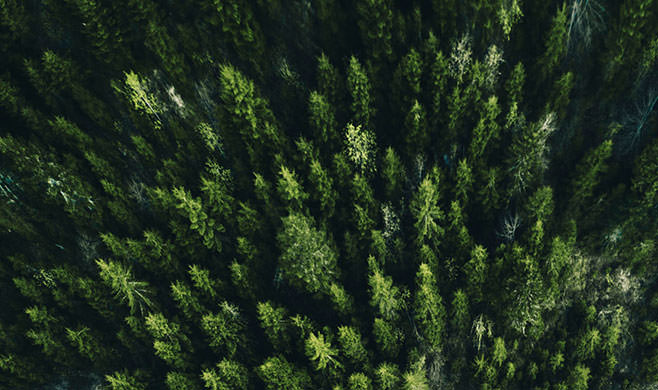
A Working Forest is expertly managed by professional foresters to provide a continuous supply of renewable, sustainable wood products for building materials—with a focus on protecting fish, water and wildlife. Using scientific forest practices and adhering to comprehensive state forestry laws, Washington’s working forests work to give back to our entire state by producing carbon-storing wood products and providing a major source of jobs for our rural communities.


Working forests work by absorbing carbon from the Earth’s atmosphere and releasing oxygen. Then, when the wood is used in building, the carbon stays locked inside of our wood products—and out of our atmosphere. The results? A 35% decrease in our state’s net carbon emissions.
To ensure cool, clean water so that salmon can thrive, our foresters use modern forestry practices to protect over nine million acres and 60,000 miles of streams. Buffer zones provide shade to keep water cool and slope stabilization reduces erosion and sediment entering streams to keep water clean. To date we have removed more than 8,000 barriers to fish passage and upgraded stream crossings to make it easier for fish to migrate upstream.
For every tree we harvest, we plant three trees in its place. Which means, by 2049, there will be a billion new carbon-absorbing trees planted in Washington State. This ensures a sustainable supply of climate-friendly wood products and building materials. Plus, active forest management reduces the risk of forest fires, a growing problem in our state.